Leukemia: Types & Treatment
What is leukemia?
Leukemia is a type of blood cancer where on can notice the rapid development of abnormal blood cells. This excessive growth occurs in your bone marrow, where your body produces most of your blood. White blood cells that are immature or continue growing are often leukemia cells.
Leukemia typically doesn’t create a mass (tumor). Thus, it is invisible on imaging tests like X-rays or CT scans, unlike other malignancies. It may have many different forms. While some are more prevalent in youngsters, others are more prevalent in adults. The kind of disease and other variables affect the course of treatment.
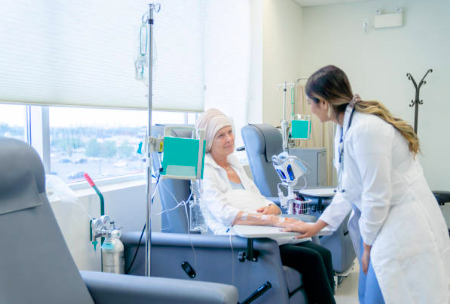
Types of Leukemia:
There are four main types:
- The most prevalent form occurs in children, teenagers, and young adults up to age 39 is acute lymphocytic leukemia (ALL). Adults of any age can be impacted by ALL.
- The most prevalent form of an acute case in adults is acute myelogenous leukemia (AML). Older folks are more susceptible to it (those over 65). AML may also affect youngsters.
- The most prevalent chronic case in adults is chronic lymphocytic leukemia (CLL) (most common in people over 65). With CLL, symptoms may take years to manifest.
- Adults of any age can develop chronic myelogenous leukemia (CML), although older adults are more likely to get it (those over 65 are most at risk). Children seldom ever experience it. With CML, symptoms could not show up for several years.
Symptoms:
A patient may not initially exhibit any particular symptoms. However, anyone who has any of the following symptoms for an extended length of time should see a doctor right once:
- Flu-like symptoms such as fever, chills, and night sweats
- Weakness, fatigue, and unexplained weight loss
- Bleeding or swollen gums/tonsils
- Liver and spleen enlargement
- Paleness
- Headache and bone pain
- Red spots on the skin
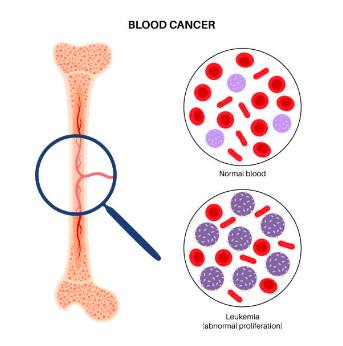
Treatment:
Common treatments often include a combination of the following:
- Chemotherapy. The usage of drugs is visible in chemotherapy to destroy cancerous cells. As a result, depending on the kind, you can take a single medication or a mix of many.
- High-energy radiation is used in radiation treatment to harm leukemia cells and stop their proliferation. As a result, you might receive radiation in one place or all over your body.
- transplanting of stem cells. With a stem cell transplant, unhealthy bone marrow is replaced with healthy bone marrow from a donor or your own body (autologous transplantation) (called allogeneic transplantation). An alternative name for this treatment is a bone marrow transplant.
- Biotherapy or immunotherapy. Treatments used in biological or immunotherapy assist your immune system in identifying and eliminating cancer cells.
- targeted treatment. Targeted treatment makes use of drugs that exploit weaknesses in cancer cells. Imatinib (Gleevec), for instance, is a targeted medication frequently used to treat CML.
Leukemia’s long-term outlook
The type of cancer a person has and their stage upon diagnosis determine their long-term prognosis. As such, your probability of remission increases with earlier diagnosis and quicker treatment of leukemia. The prognosis may be adversely impacted by various variables, including advanced age, a history of blood problems, and chromosomal abnormalities.
It’s crucial to remember that this number comprises patients of all ages and leukemia types. It doesn’t indicate how a particular person will fare. Find out your particular prognosis as you work with your medical team to treat leukemia. Keep in mind that every person’s circumstances are unique.



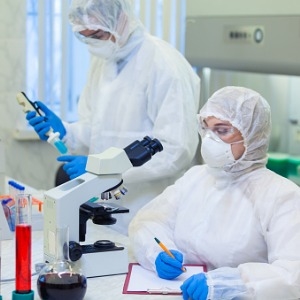


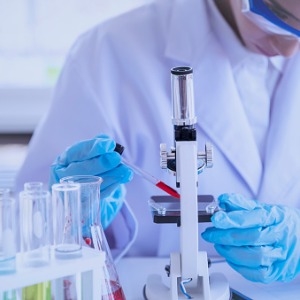
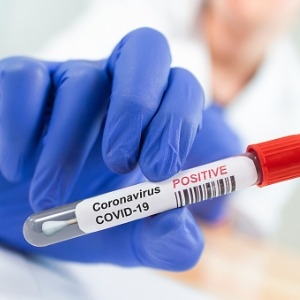








Leave a Reply
Want to join the discussion?Feel free to contribute!